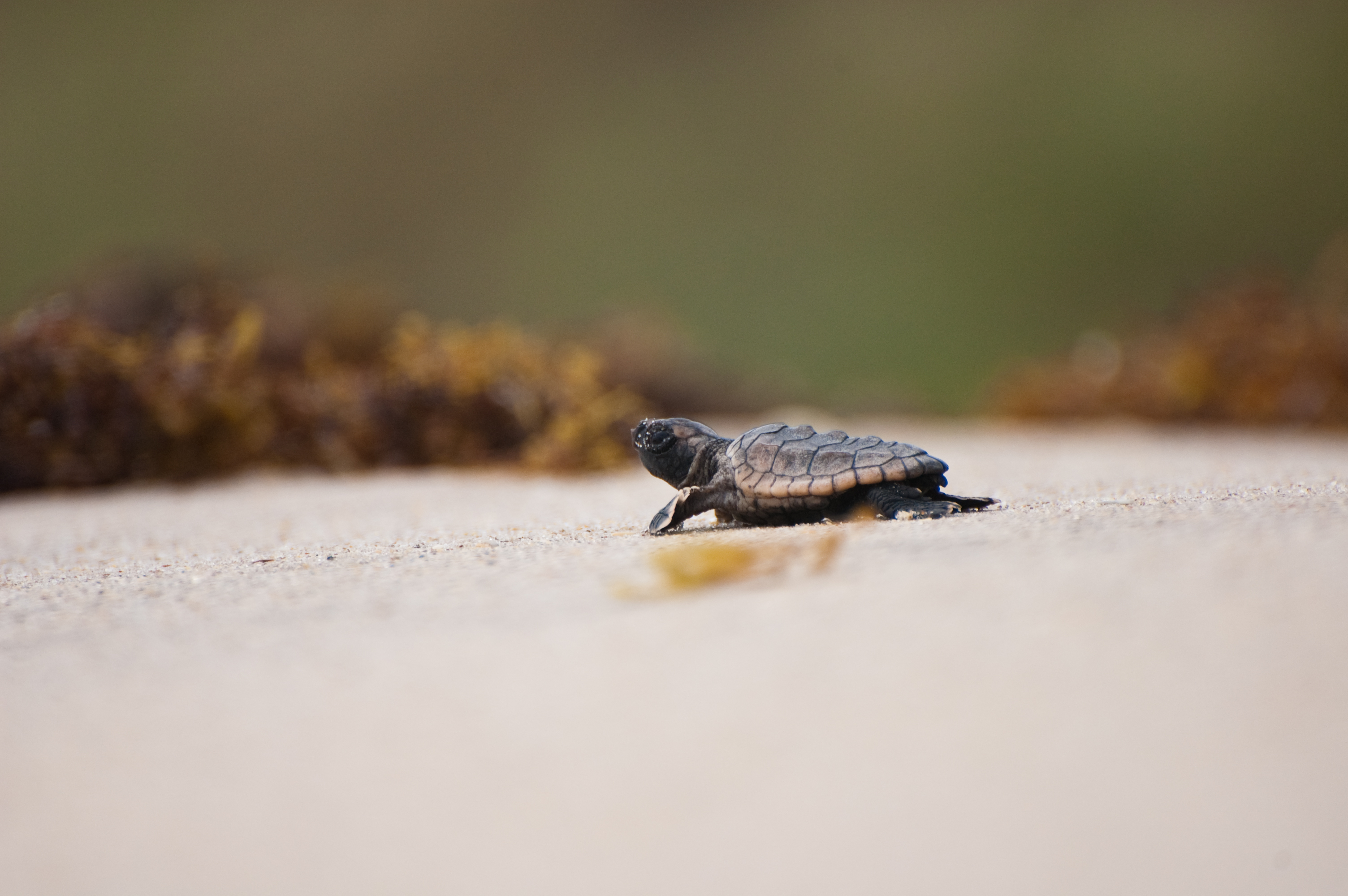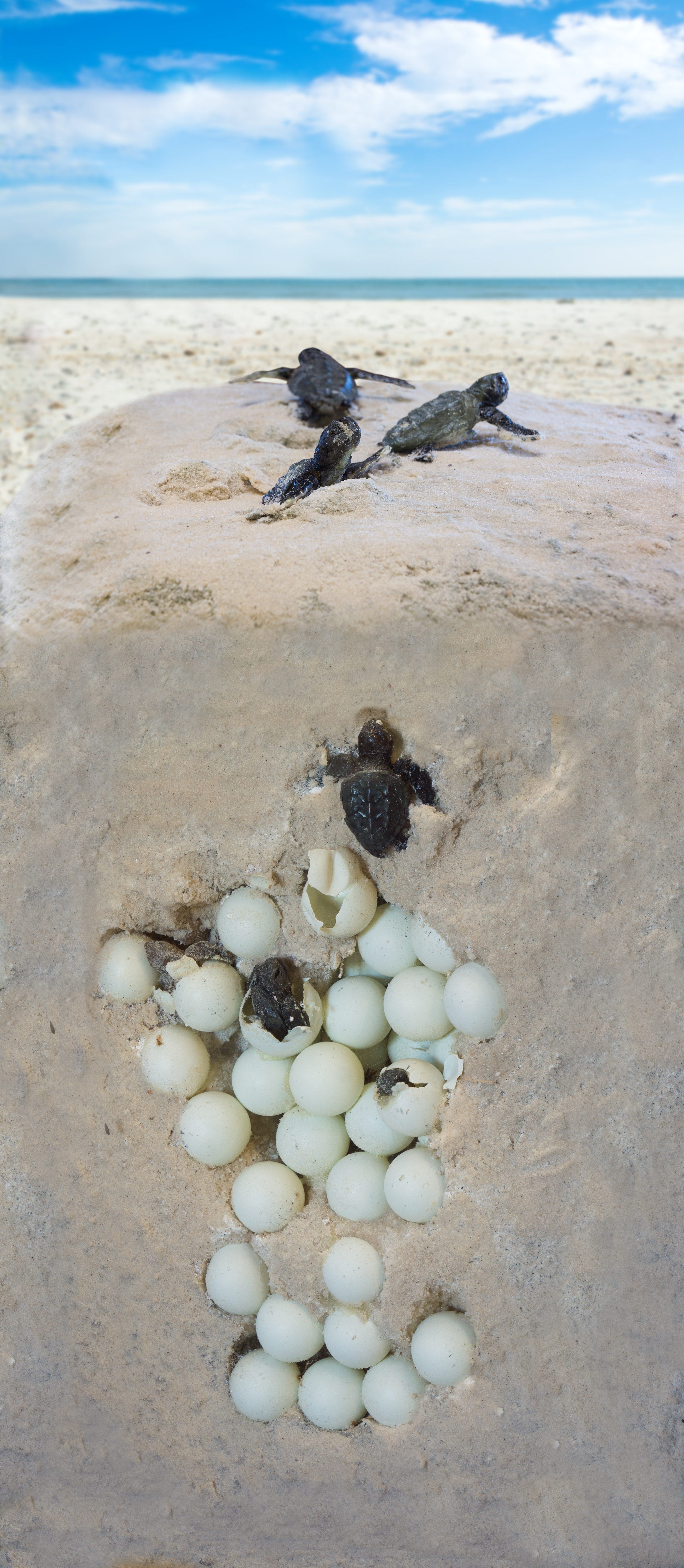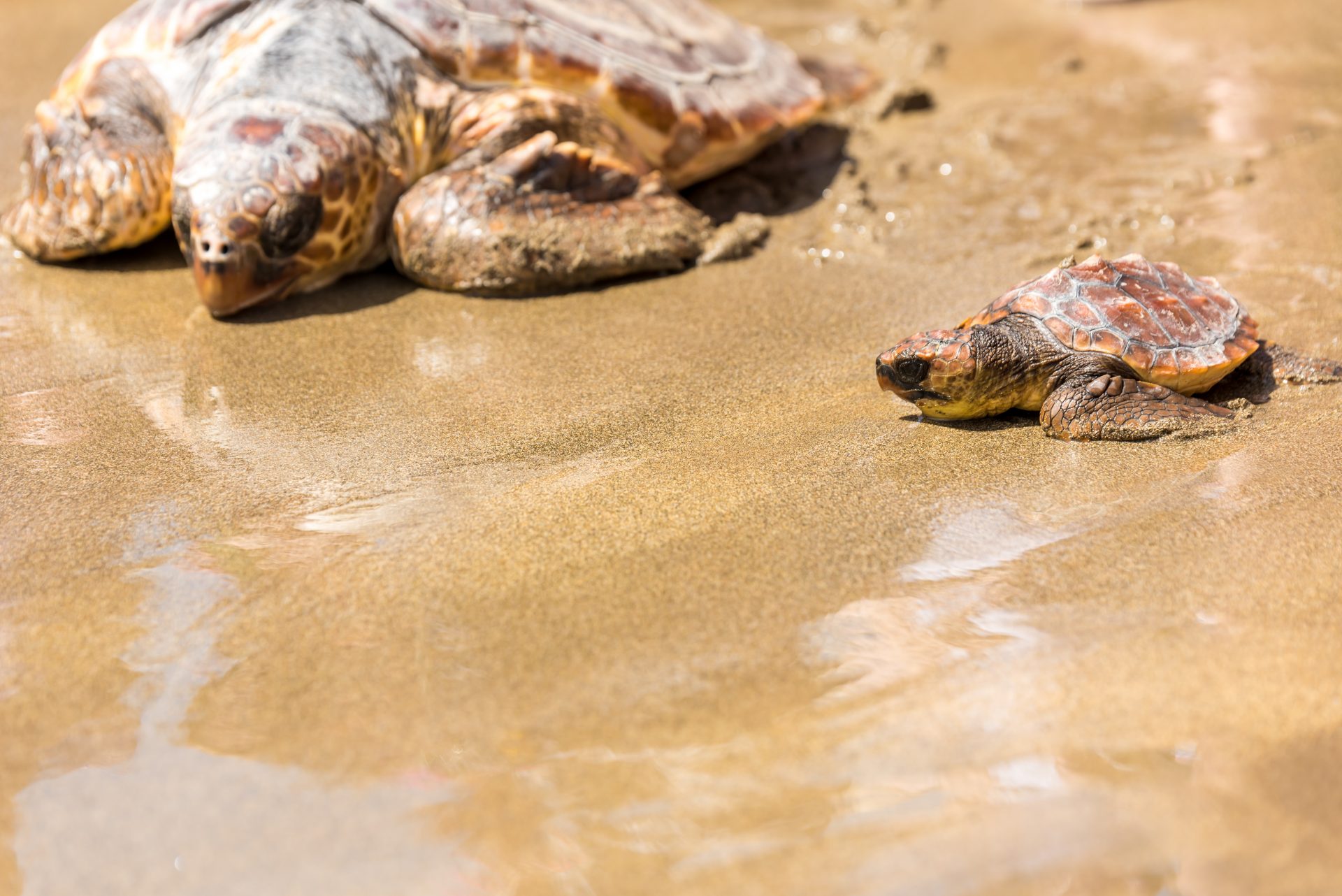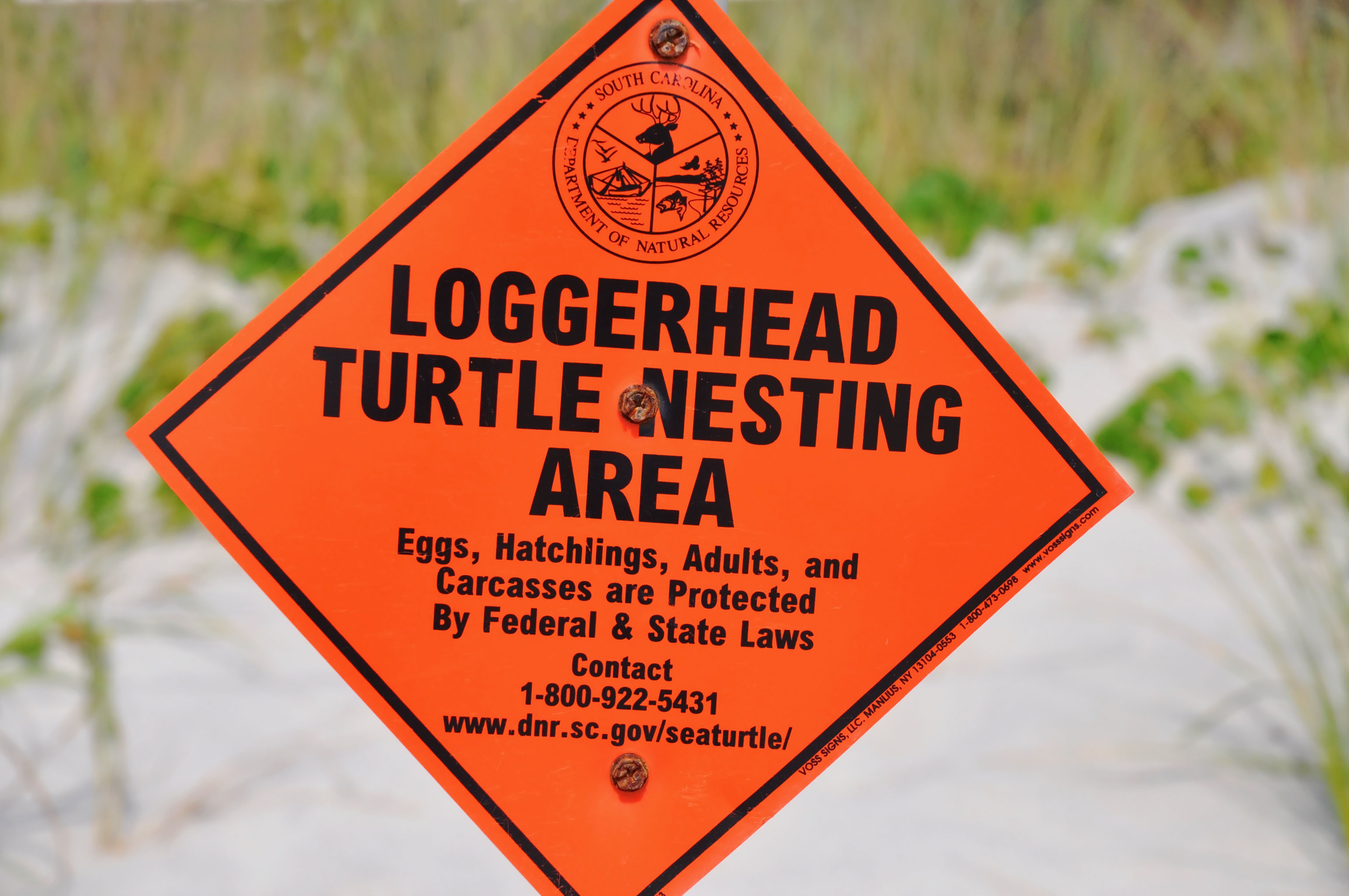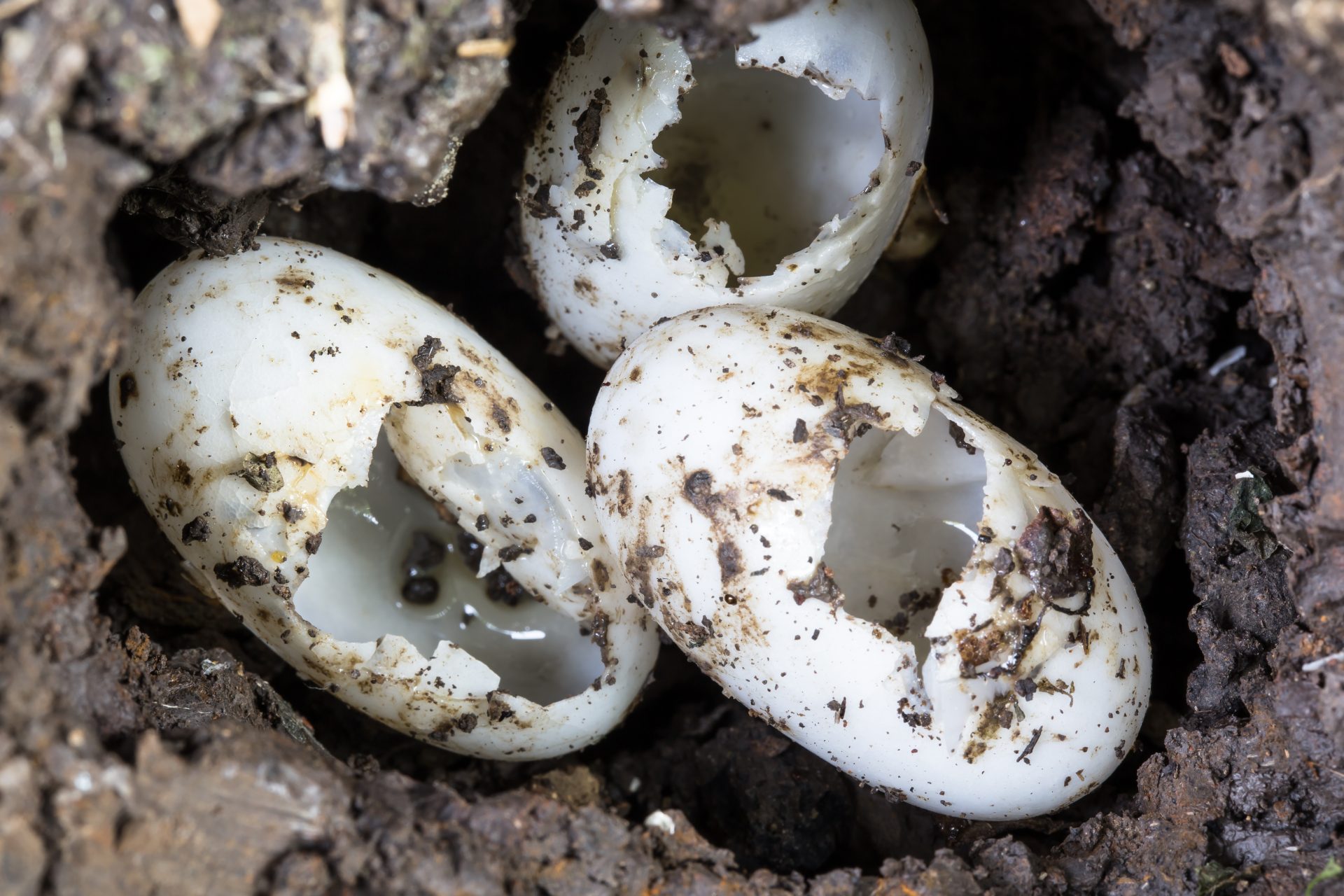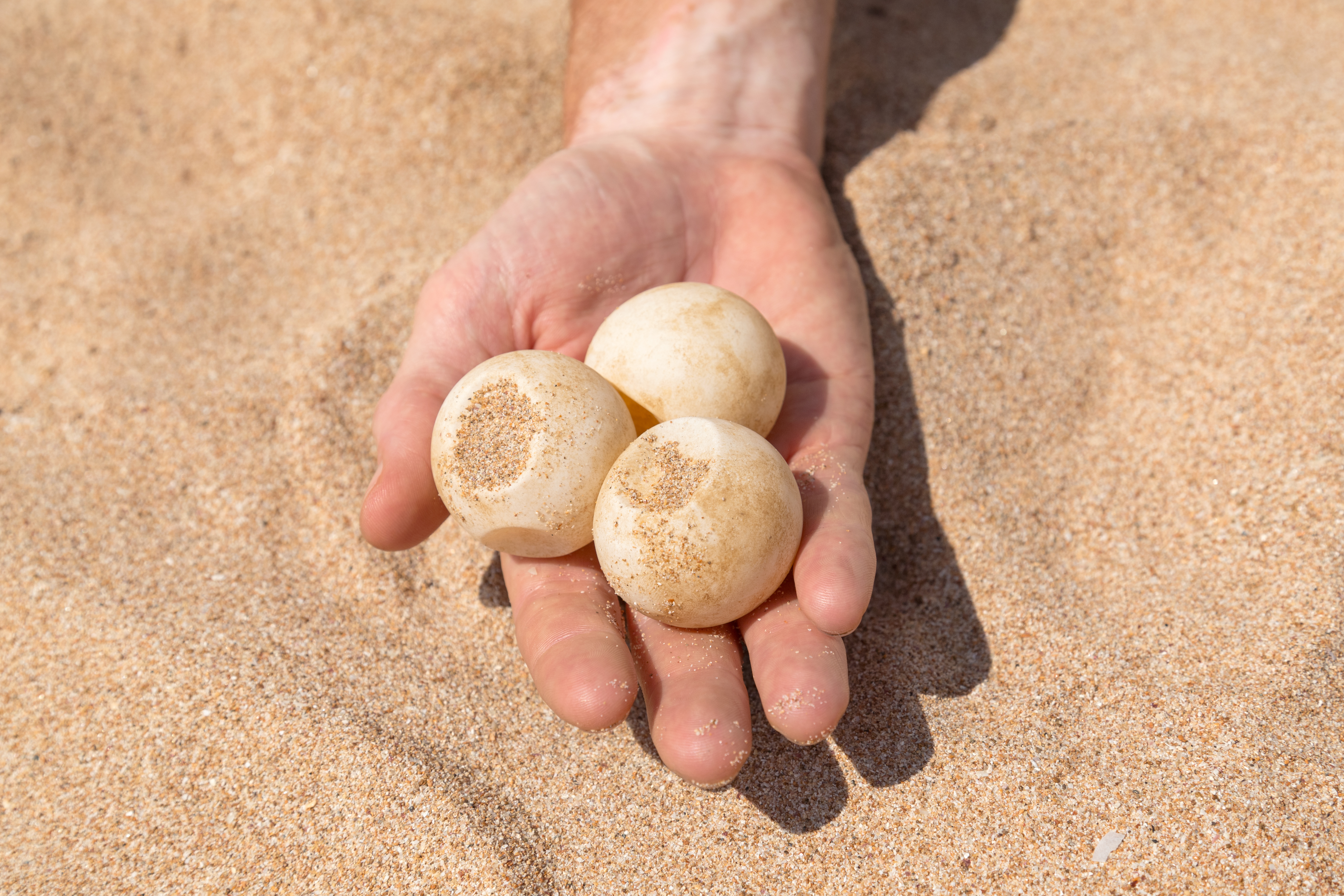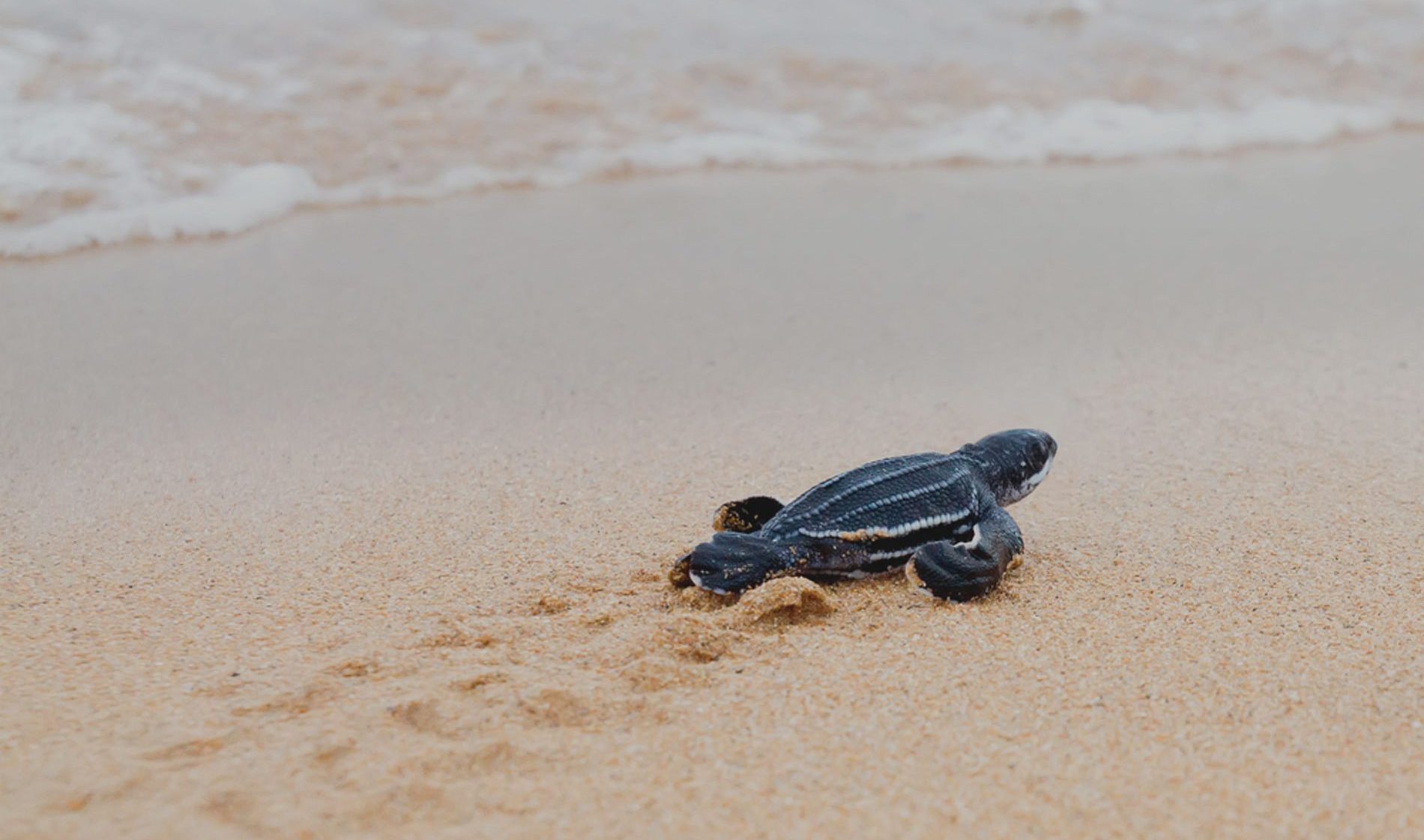
SEA TURTLES
Jacksonville Beach, Florida & Beyond
FLORIDA IS THE SECOND LARGEST NESTING AREA IN THE WORLD FOR THE LOGGER HEAD SEA TURTLE.
gameeasy เว็บแทงบอลที่ดีที่สุดAnyone who finds a sea turtle washed a shore call Beaches Sea Turtle Patrol: 904-613-6081
Beaches Sea Turtle Patrol, Inc. at 904-613-6081, the Fish & Wildlife Commission at 1-888-404-FWCC (3922), or by cell phone dial *FWC or #FWC.
SCROLL DOWN

FAST FACTS
Type: Reptile
Diet: Carnivore
Average life span in the wild: More than 50 years
Size: 36 in (90 cm)
Weight: 253 lbs (115 kg)
Group name: Flotilla
Did you know? Sea turtles can move through the water at speeds of up to 15 mi (24 km) per hour.
Relative: Size relative to a 6-ft (2-m) man
Sea Turtle Nesting Season is May 1st through October 31st
Found a Sea Turtle on shore? Call Beaches Sea Turtle Patrol, Inc. at 904-613-6081, the Fish & Wildlife Commission at 1-888-404-FWCC (3922), or by cell phone dial *FWC or #FWC.
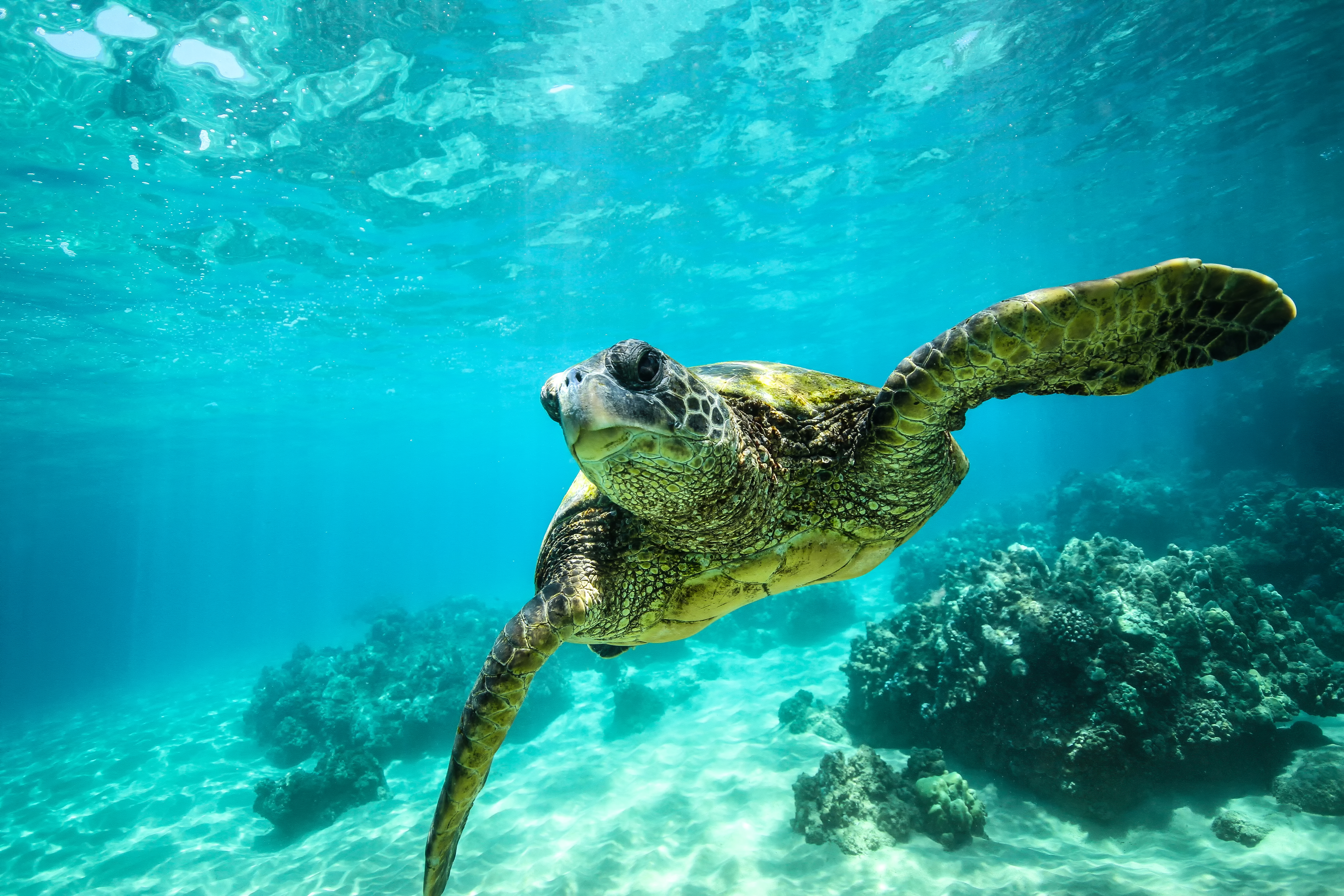
Loggerheads have massive heads, strong jaws, and a reddish-brown shell, or carapace.
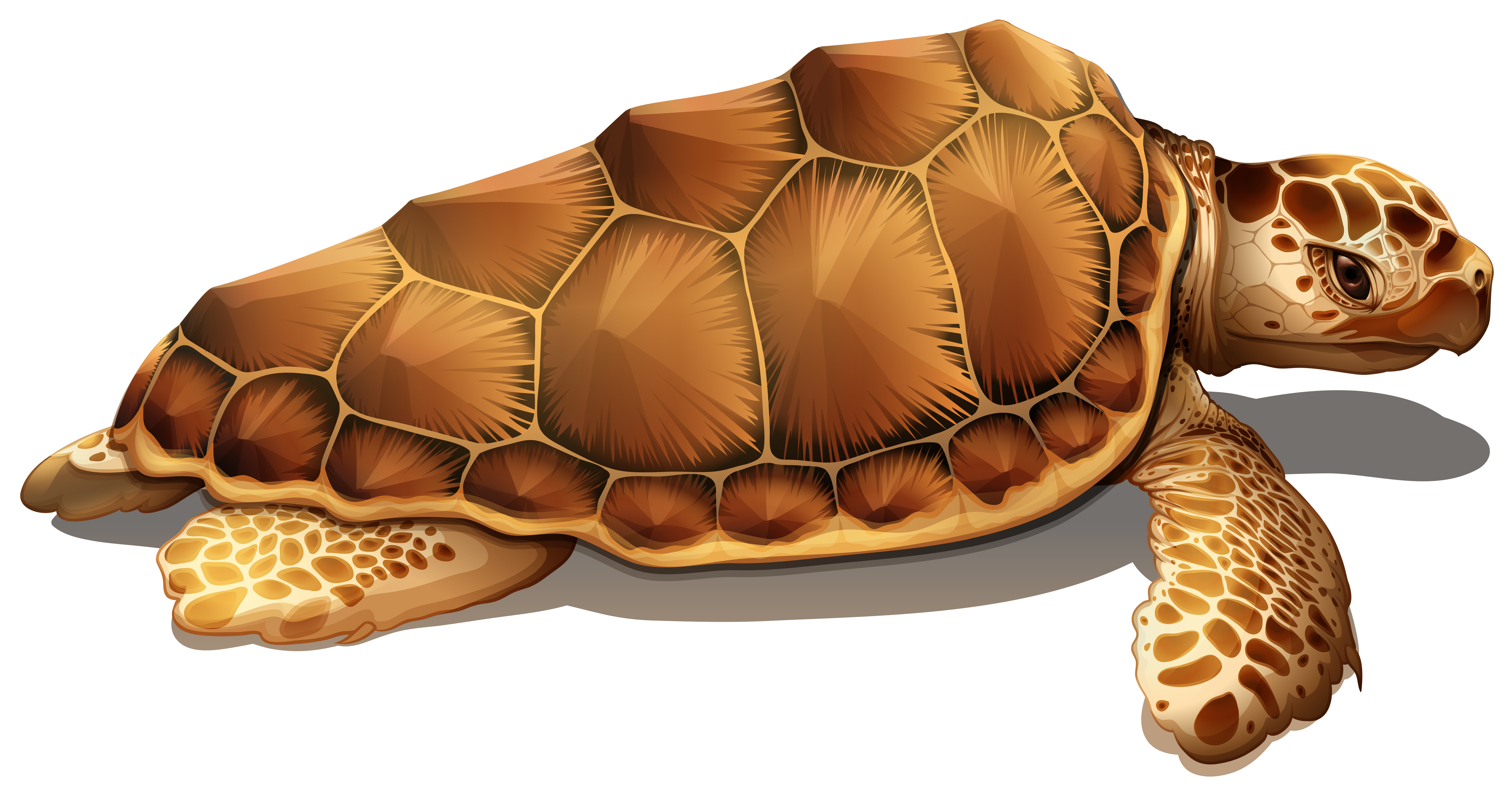
Loggerheads have massive heads, strong jaws, and a reddish-brown shell, or carapace. Adult males reach about three feet (nearly one meter) in shell length and weigh about 250 pounds (113 kilograms), but large specimens of more than 1,000 pounds (454 kilograms) have been found.
Loggerhead turtles are the most abundant of all the marine turtle species in U.S. waters. But persistent population declines due to pollution, shrimp trawling, and development in their nesting areas, among other factors, have kept this wide-ranging seagoer on the threatened species list since 1978.
Loggerhead turtles are the most abundant of all the marine turtle species in U.S. waters. But persistent population declines due to pollution, shrimp trawling, and development in their nesting areas, among other factors, have kept this wide-ranging seagoer on the threatened species list since 1978.
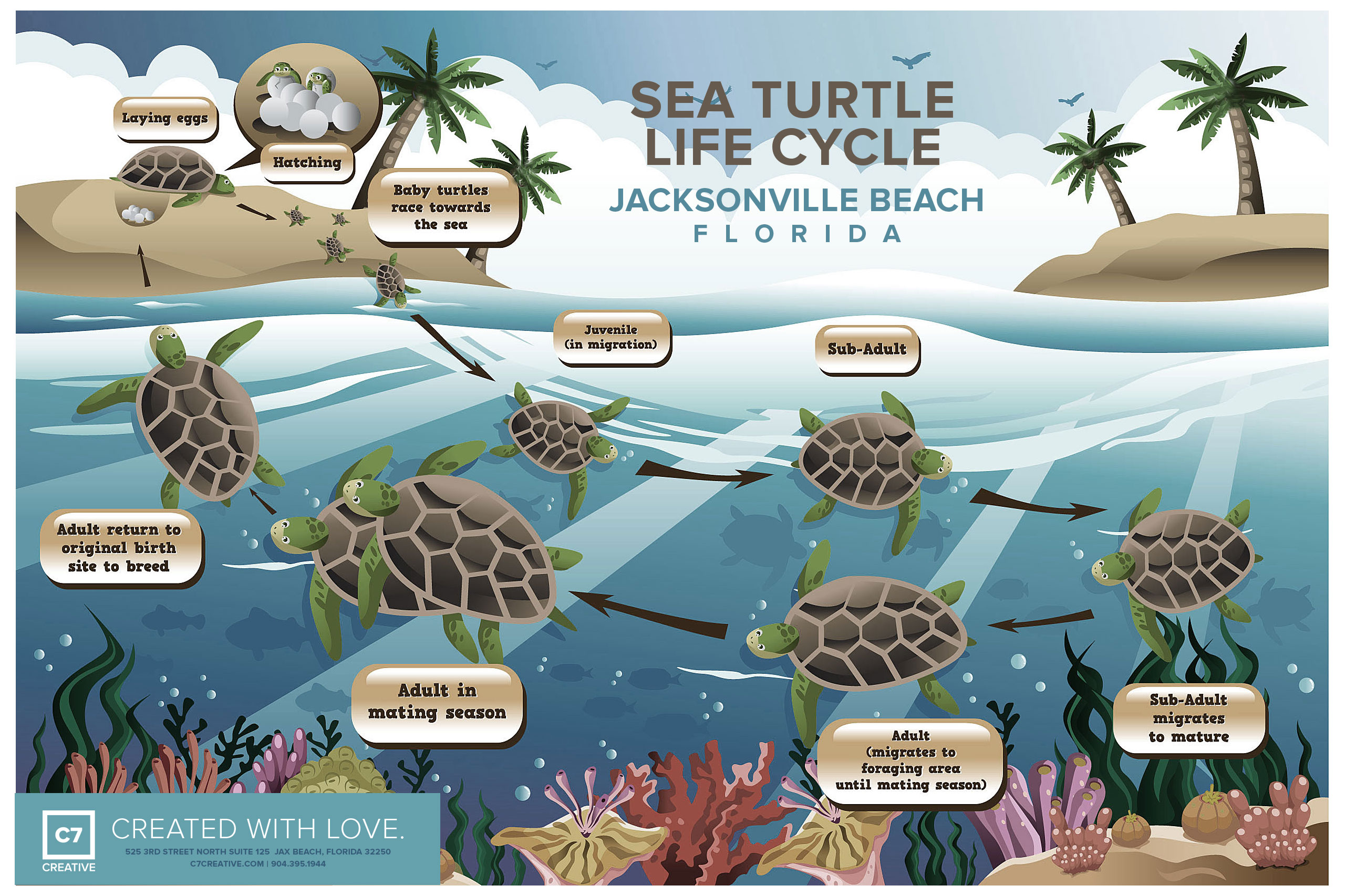
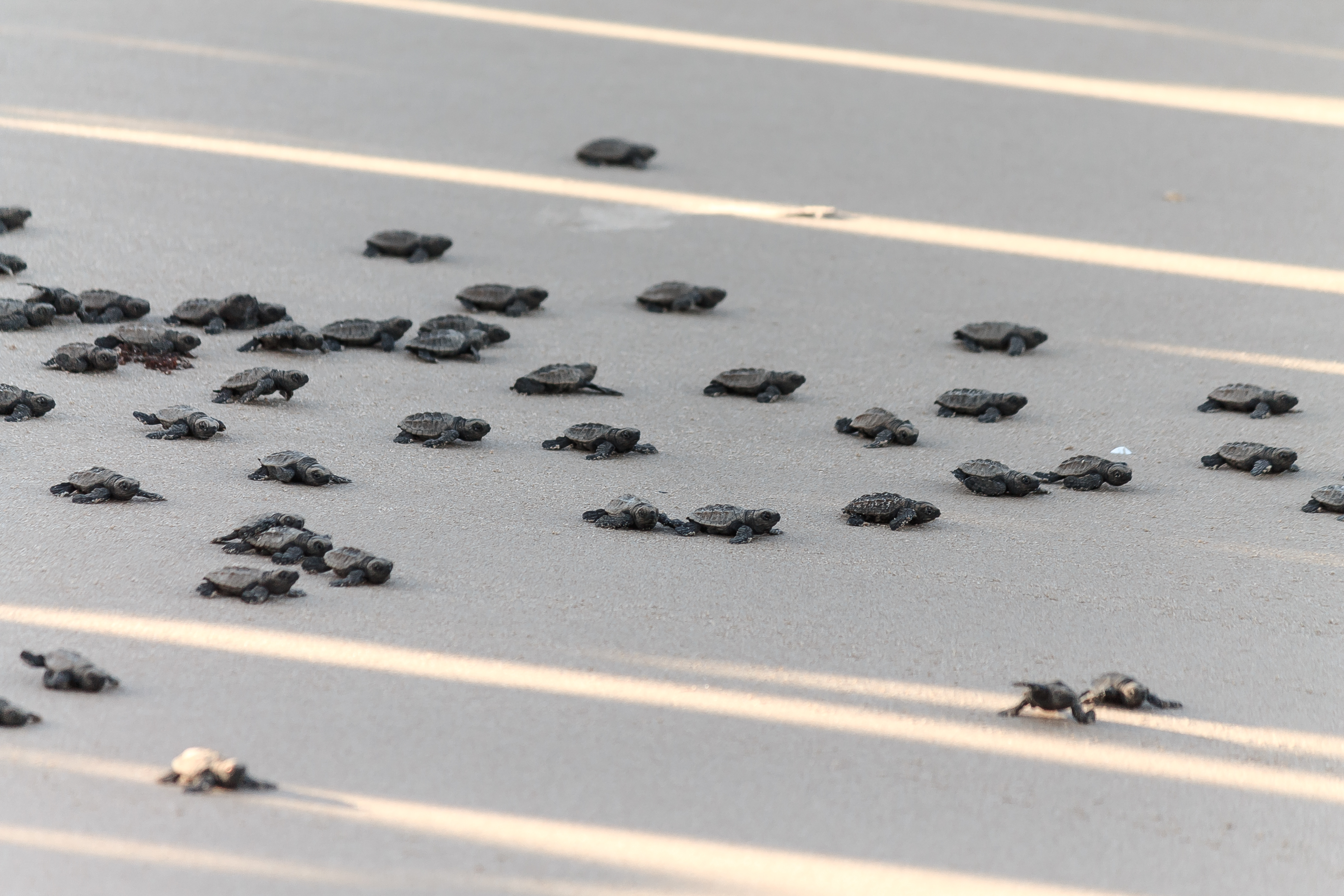
Hatchlings emerge from their nests and are drawn to light (moonlight and phosphorescence from the ocean). Street lights, house, motel/ hotel lights may cause them to become victims of ghost crabs, sea gulls and the heat of the sun(if they emerge in daylight).
The largest of all hard-shelled turtles—leatherbacks are bigger but have soft shells—loggerheads have massive heads, strong jaws, and a reddish-brown shell, or carapace. Adult males reach about three feet (nearly one meter) in shell length and weigh about 250 pounds (113 kilograms), but large specimens of more than 1,000 pounds (454 kilograms) have been found.
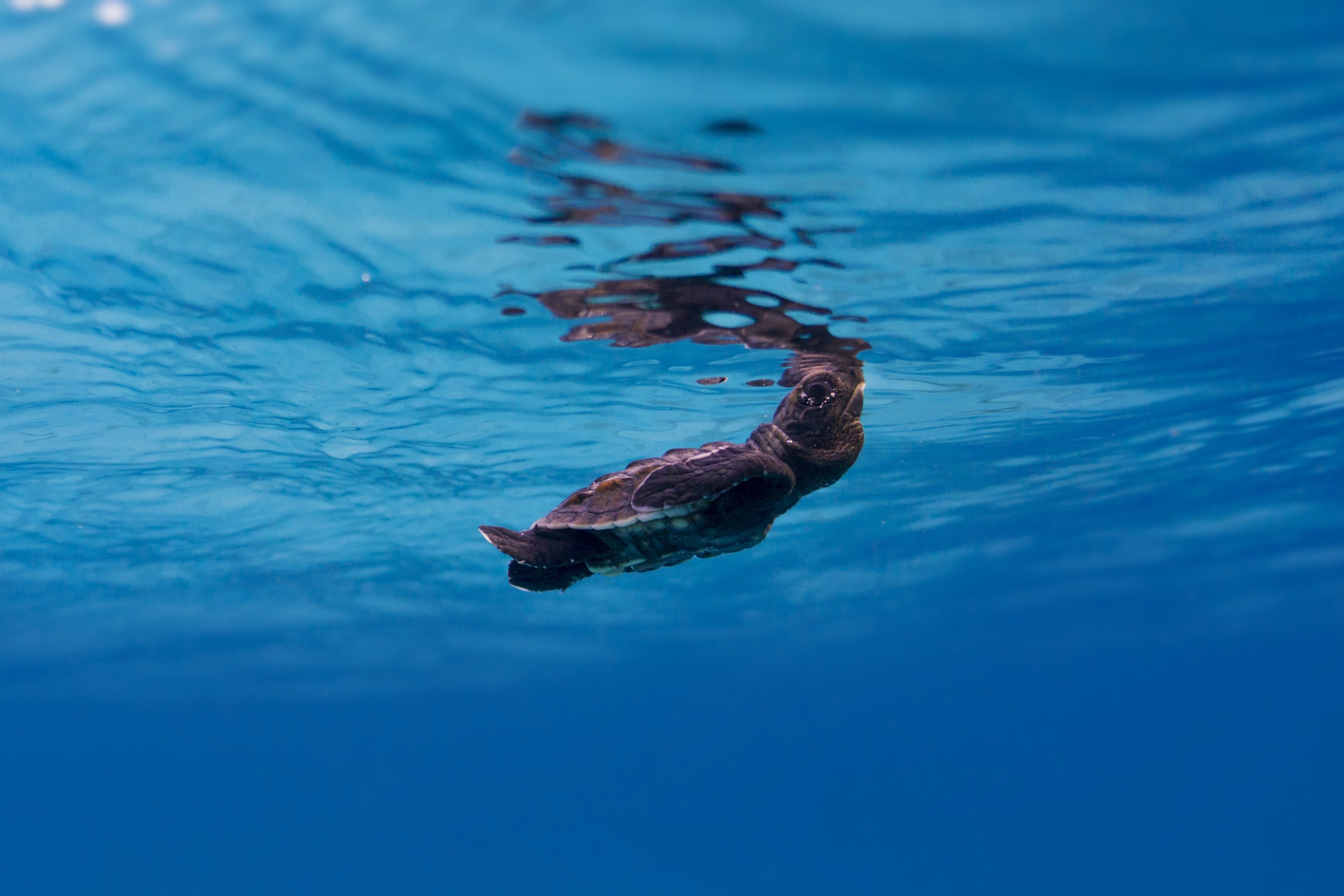
Most hatchling Sea Turtles do not survive. Predators like sharks, birds, fish, fishing gear (long line), ingestion of marine debris, boat strikes, trash and pollution kill many. Only one hatchling in a thousand make it to adulthood (15-25 yrs)
Hatchlings swim to the gulf stream and eat the sargassum sea weed which they also use for shelter from predators. They also eat baby shrimp and jellyfish. Hatchlings will return to the same beach where they were born to nest if they make it to adulthood. Remember only 1 out of 1,000 survive to adulthood.
What Do Sea Turtles Eat? Jellyfish, conchs, crabs, fish and sometimes seaweed.
They are primarily carnivores, munching jellyfish, conchs, crabs, and even fish, but will eat seaweed and sargassum occasionally.
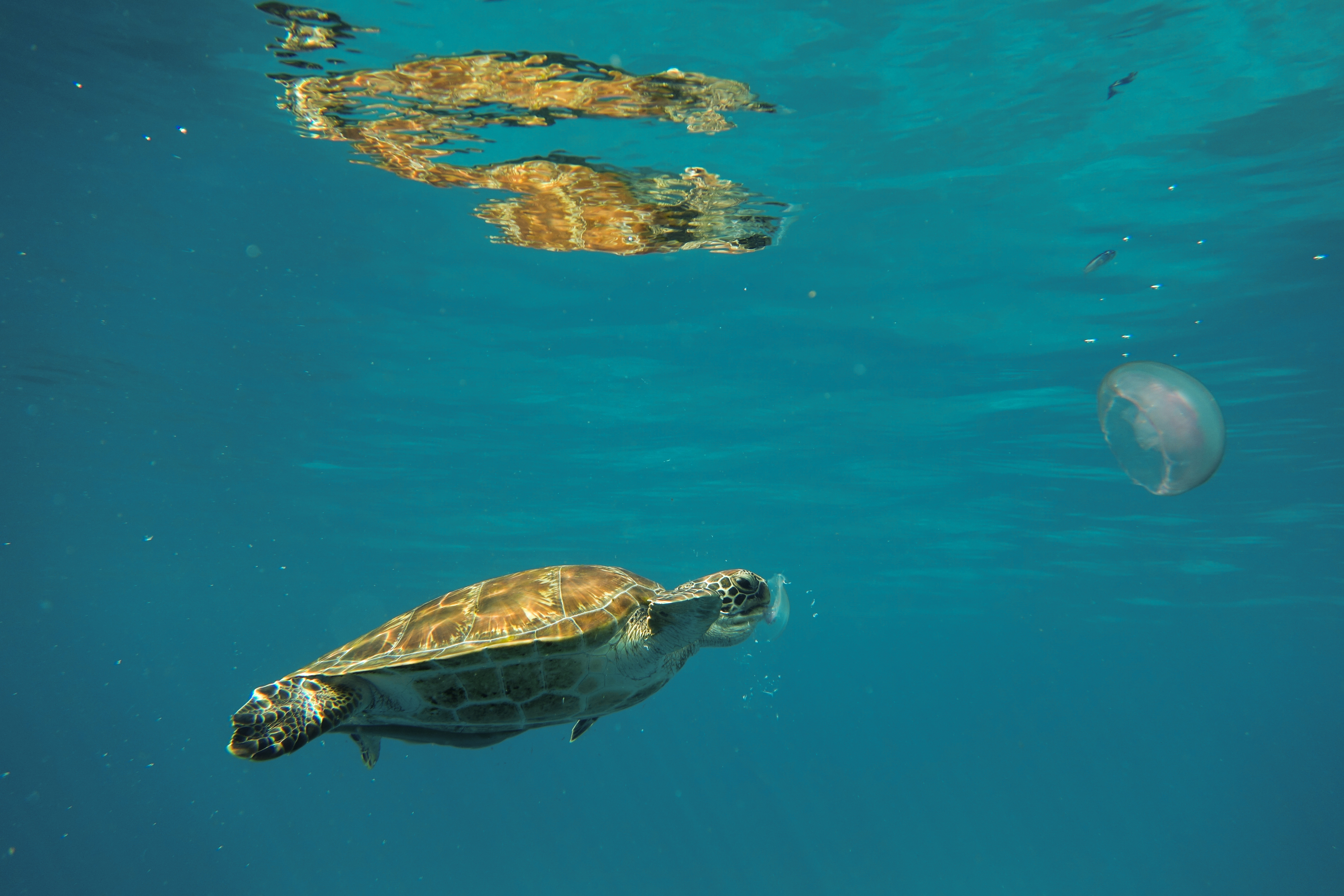
Jellyfish are one of a sea turtles favorite foods.
Mature females will often return, sometimes over thousands of miles, to the beach where they hatched to lay their eggs. Worldwide population numbers are unknown, but scientists studying nesting populations are seeing marked decreases despite endangered species protections.
